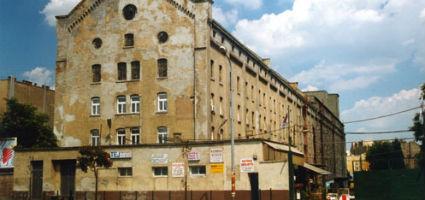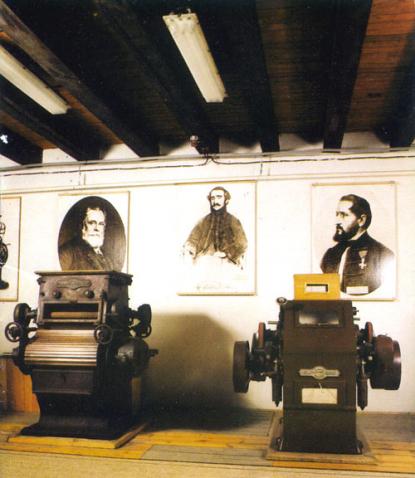2026. January 6. Tuesday
Mill Industry Museum - Budapest
 |
Address: 1095, Budapest Soroksári út 24.
Opening hours: Closed
|
On the ground floor we can see a representation of the grinding right from the prehistoric age to our day. In the tableaus and glass-cases prehistoric and Roman grinding tools, millstones, the ears and seeds of unique archaeological wheat. Mockups and images exemplify the different types of mills: the dry-, the treading-, the aquatic- and push mills.

On the first floor we can follow up the history of the development of the cylinder.
The exhibition also remembers the merits of Ist¬ván Szécheny: he established the Cylinder Mill Industry Society which - because of the export of its top quality flour - became famous all over the world. This mill was using cylinders instead of the stones and was operating through steam engine.
Nine early cylinders can be seen on the exhibition. One of them originated from the early times of the cylinder producing of the Ganz factory. The Rajkai grain cutter, the only sample remained, is also exhibited.
On the second floor grain clearing, quality testing and other mill appliances are found. Tableaus of the Lujza mill (Budapest) and István mill (Debrecen) represent the time of steam mills.
A tableau and a showcase on the third floor represent story of the Hungarian wheat improving and its exports. After this appliances and pictures demonstrate the devices and equipments used for laboratory testing.
Jenő Hankóczy (1879-1939) and dr. Ferenc Gruzl (18971972) gained honorable merits in the development of grain and flour quality.
After all, on the fourth floor we will learn about the life of millers and the mill industry workers and the development of the mill industry.

On the first floor we can follow up the history of the development of the cylinder.
The exhibition also remembers the merits of Ist¬ván Szécheny: he established the Cylinder Mill Industry Society which - because of the export of its top quality flour - became famous all over the world. This mill was using cylinders instead of the stones and was operating through steam engine.
Nine early cylinders can be seen on the exhibition. One of them originated from the early times of the cylinder producing of the Ganz factory. The Rajkai grain cutter, the only sample remained, is also exhibited.
On the second floor grain clearing, quality testing and other mill appliances are found. Tableaus of the Lujza mill (Budapest) and István mill (Debrecen) represent the time of steam mills.
A tableau and a showcase on the third floor represent story of the Hungarian wheat improving and its exports. After this appliances and pictures demonstrate the devices and equipments used for laboratory testing.
Jenő Hankóczy (1879-1939) and dr. Ferenc Gruzl (18971972) gained honorable merits in the development of grain and flour quality.
After all, on the fourth floor we will learn about the life of millers and the mill industry workers and the development of the mill industry.
